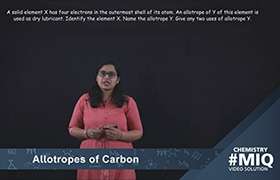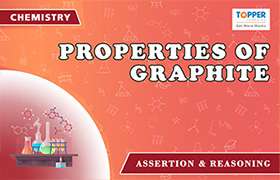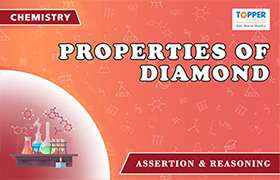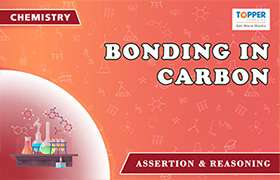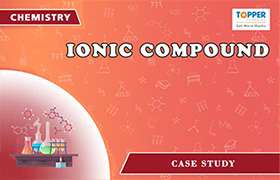CBSE Class 10 Answered
Functional Groups
- All organic compounds are derivatives of hydrocarbons.
- Derivatives are obtained by replacing one or more hydrogen atoms by some other atom or group of atoms called functional groups.
- The new set of compounds is formed after replacement has functions different from the parent hydrocarbon.
- Definition: An atom or a group of atoms present in the molecules, which determines the characteristics property of the organic compounds, is called the functional group.
|
Functional group |
General formulae |
Organic compound |
Suffix |
Examples with common & IUPAC name |
|
Halide-X (F,Cl,Br,I) |
R-X |
Haloalkanes |
-ane |
CH3Cl Common name: Methyl chloride IUPAC name: Chloromethane |
|
Hydroxyl-OH |
R-OH |
Alcohols |
-ol |
C2H5OH Common name : Ethyl alcohol IUPAC name: Ethanol |
|
Aldehyde-CHO |
|
Aldehydes |
-al |
CH3CHO Common name: Acetaldehyde IUPAC name: Ethanal |
|
Carboxyl-COOH |
|
Carboxylic acids |
-oic acid |
CH3CH2COOH Common name: Propionic acid IUPAC name: Propanoic acid |
|
Keto |
|
Ketones |
-one |
CH3COC2H5 Common name: Diethyl ketone IUPAC name: Pentanone |
|
Ethers |
R-O-R’ |
Ethers |
-oxy |
CH3 – O – C2H5 Common name: Ethyl methyl ether IUPAC name: Methoxy ethane |
Nomenclature of Functional groups
Answered by Hanisha Vyas | 15 Jan, 2016, 02:56: PM

